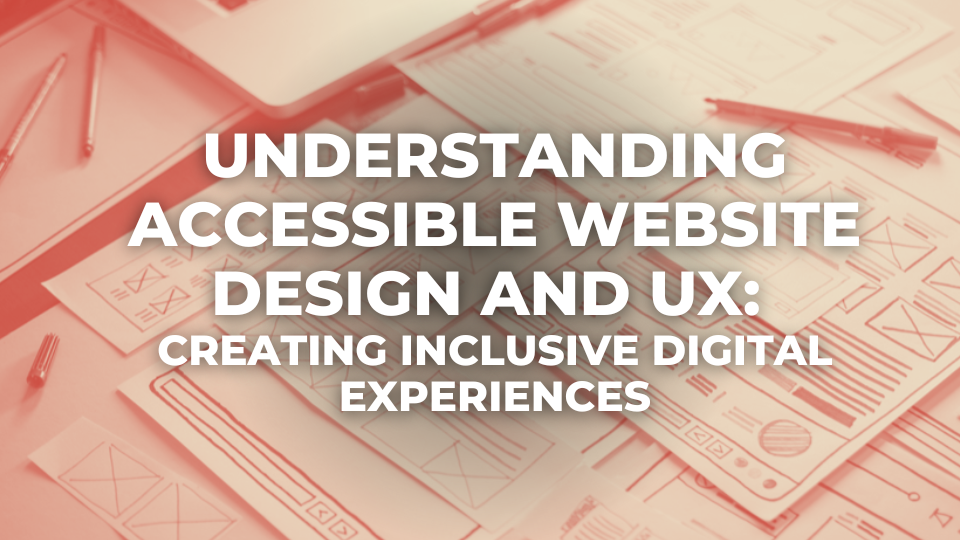The digital landscape plays an increasingly vital role in our lives, shaping how we access information, connect with others, and conduct business. However, for individuals with disabilities, navigating websites can present a significant challenge. Thankfully, accessible website design and user experience (UX) bridge this gap, ensuring everyone has an equal opportunity to engage with the digital world.
Despite widespread internet access within the disabled community, numerous barriers prevent full engagement. Studies reveal that a shocking 90% of websites are inaccessible to those who rely on assistive technologies, such as screen readers or voice commands. This translates to a vast segment of the population being excluded from valuable online resources and experiences.
The good news is that accessible UX doesn’t have to be complex. By adhering to a set of core principles, designers and developers can create websites that are not only visually appealing but also inclusive for everyone. The POUR principles, established by the World Wide Web Consortium (W3C), provide a foundational framework for accessible UX. These principles – Perceivable, Operable, Understandable, and Robust – act as a roadmap for ensuring content is readily available, controls are easy to navigate, information is clear and concise, and the website functions seamlessly across various devices and assistive technologies.
Fortunately, numerous tools and resources are available to assist with creating accessible websites. Web accessibility solutions can streamline the process, providing automated testing tools, design guidelines, and expert consultations. These solutions empower developers and designers to confidently create websites that are not only visually engaging but also meet accessibility best practices.
By prioritizing accessible UX, businesses and organizations can ensure everyone has equal access to the wealth of information and opportunities offered online. This commitment to inclusivity not only reflects a company’s social responsibility but also fosters a more vibrant and diverse digital landscape. To learn more, the infographic below provides a visual representation of the key principles and considerations for accessible website design and UX.






0 Comments